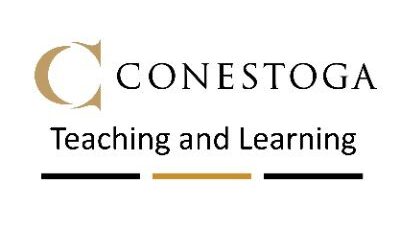
Developmental Observations of Teaching FAQ
A Developmental Observation of Teaching (referred to in this post as simply observation) assists you in understanding observable characteristics of your teaching practice and the impact on students’ learning. Observation of teaching is an important component for improving teaching and programs. It is a useful activity for novice as well as experienced professors. Observations can also provide insights to your Chair about what developmental opportunities you may need. Collectively, all the observations in a semester help the Teaching & Learning department see trends in faculty needs and strengths.
The activity involves a trained observer who attends part of one of your classes (at least one hour) and observes a “snapshot” of class instruction. The observer completes a standardized form that describes observations and makes suggestions, then shares them with you in a synchronous remote or face-to-face debrief meeting. You will receive the observation form (rubric) in advance of the observation, and you are welcome to attempt to include all of the identified facets of successful teaching.
Click the accordion buttons (+) for answers to the frequently asked questions below.
What are the steps for a developmental observation of teaching?
1. The observer sends an invitation message by email, and you agree to an appropriate time and date for observation.
2. In advance of the observation, you share with the observer an instructional plan and relevant associated teaching materials.
For remote observations, you and the observer meet briefly by Zoom or Teams before the observed class to discuss goals and processes for the (remote) observation.
3. The observer attends the class (about an hour) and makes observational notes, which are sent by email you after the observation.
4. You provide written reflections on the observations, then meet with the observer (remotely or F2F) to discuss. This is also an opportunity for coaching on particular challenges or areas of interest.
5. The observations and reflections are sent to your Chair. A copy of the observation is kept with Teaching & Learning.
Is the developmental observation of teaching an evaluation?
No. An evaluation is a systematic assessment that investigates performance on specific standards. By contrast, observation involves the active process of careful observation and reflection to gain information. Observations are about faculty development, not evaluation.
How are observations scheduled?
Observations are required for new full-time faculty. Chairs may also request observations for a proportion of their teaching staff each semester. Observations may be requested directly by faculty. For the observation to be scheduled, a Teaching & Learning Consultant will contact you to determine a mutually suitable date and class.
How long does the Observation process take?
The classroom observation takes an hour or so. The entire developmental observation process should take no more than three weeks.
Can I choose the class for the observation?
Yes, unless a Chair has requested a particular class date. Also, the assigned observer must be available on the date and time of the class.
Can I speak with the observer directly after class?
No. The observer can say hello at the beginning of class, but they need time to reflect on the observations directly following class. A one-hour meeting will be scheduled between the observer and you so that questions may be asked at that time.
On the observation form, what does Y, SW, N, N/A mean?
Y – Yes (completed, consistent, visible, frequent)
SW – Somewhat (somewhat incomplete, inconsistent, not completely visible, and/or not frequent)
N – No (incomplete, inconsistent, not visible, rare or absent)
N/A – Not applicable (not relevant or not observed)
Is the observation of my class shared with others?
The observations and reflections are sent to your Chair if your Chair requests the observation. You are copied on this email message as is Teaching & Learning. A copy of the observation is kept with Teaching & Learning.
What do I do if I have concerns about the observation?
The observation process includes a de-brief meeting with the observer. Bring your questions or concerns to this meeting. The observer is happy to provide an additional explanation along with the observation to your Chair. If you are concerned about the clarity of the wording of a particular item, that can be adjusted.
Can I have more than one observation?
Not usually in the same semester as there are not enough observers available.
Where do I find the observation form and the reflection form?
All resources for the developmental observation may be downloaded on the Downloads page of this site.
Who do I contact if I have a question that this FAQ did not answer?
Contact Teaching and Learning.







1 Response